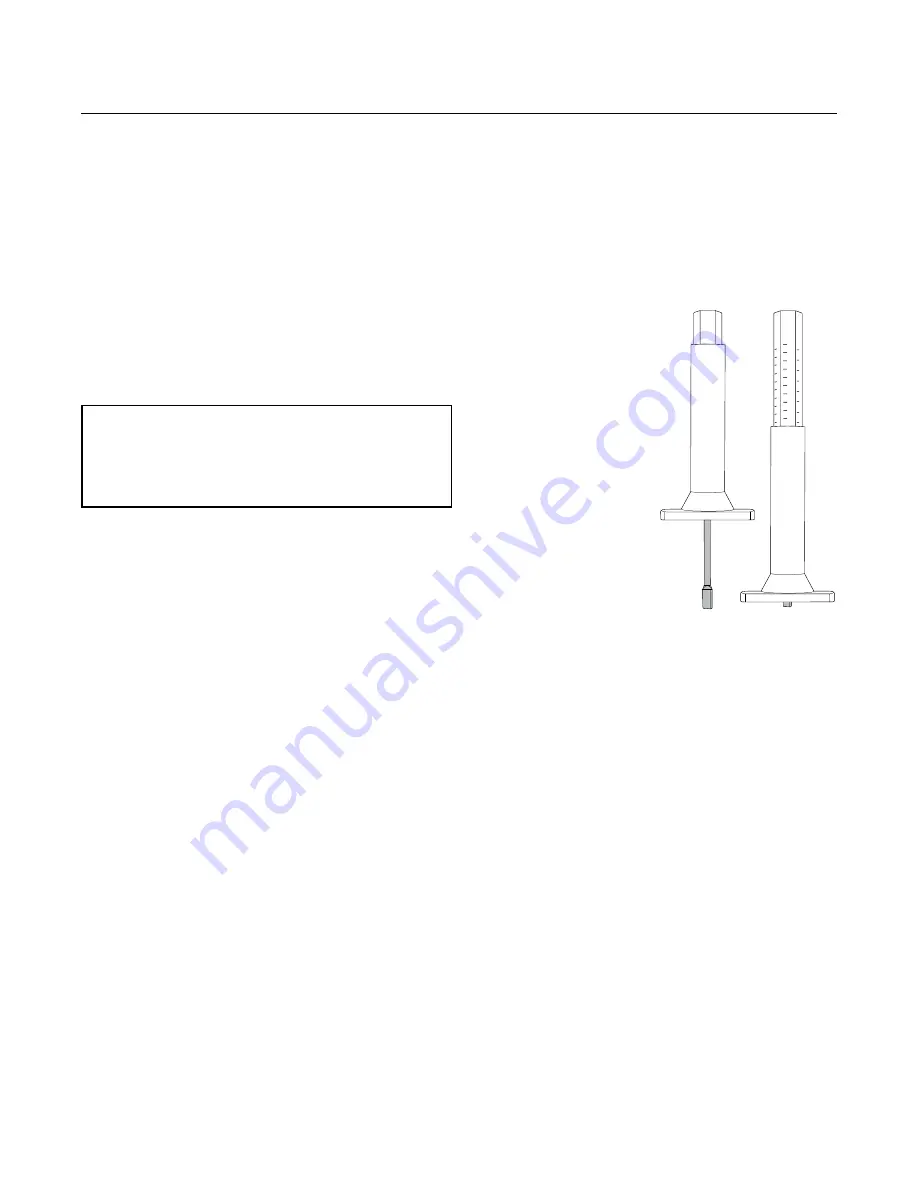
40
Driving & Safety
SECTION THREE
• If the tire is overinflated, release air by pushing
on the metal stem in the center of the valve then
recheck the pressure .
• Replace the valve stem cap .
• Repeat with each tire .
• Inspect all the tires for nails or other objects that
could be embedded or puncture the tire and cause
a leak .
• Check the sidewalls for gouges, cuts, bulges, or
other irregularities .
TIRE VIBRATION
Sudden tire failure is often preceded by tire vibration .
Symptoms that can cause tire failure are a bulge in the
sidewall or swelling in the tire carcass . Striking an object
or large hole in the road surface can damage a tire .
Inspect the tires periodically thereafter as rotational
forces can continue to stress damaged areas and later
manifest in tire failure . If an unusual vibration begins or a
bulge is noticed in the sidewall, have the tires evaluated
by a qualified professional as soon as possible .
TIRE ROTATION
Tire rotation can increase the useful life of the tires by
achieving uniform wear on all of the tires . Have the
tire manufacturer determine the rotation pattern . The
first tire rotation is the most important in determining
which rotation pattern to use . Any unusual or unique
wear patterns, or indications of uneven wear that may
have developed, should be evaluated for possible tire
rotation . Misalignment, imbalance or other mechanical
problems may exist and will need to be corrected prior
to rotation .
TIRE REPLACEMENT
As represented within the tire manufacturer’s published
tire data guide, the size and rated load carrying capacity
of the original equipment tires on your motorhome meet
or exceed the motorhome’s maximum axle weight/load
ratings . Criteria used to determine when tire replacement
is necessary are road hazard damage, wear, and age .
Tire replacement based on wear is determined by
either measuring the tire’s groove depth or a visual
inspection of wear bars . Replace tires when the groove
depth is 2/32” or less on rear tires and 4/32” or less
on front tires .
Wear bars are raised areas
cast into the groove of the
tire . Replace the tire when
the wear bar in the groove
is even (preferably before)
with the road surface
contact patch . A worn out
tire cannot adequately
channel water through the
groove, which will result
in hydroplaning . The tire
manufacturer determines
tire replacement based
on age . While ozone
inhibitors in the rubber
help extend the life
expectancy of a tire,
exposure to the elements
slowly breaks down the rubber, which can then suddenly
fail when put to use . Tires that are five to seven years
old (depending upon environment) are considered age
worn and need to be replaced for safety even though
the tire may not outwardly show age weathering and
still has considerable tread .
Replacement tires on any axle, must be of the same
manufacturer brand, model, size, and load range and
must have a load rated carrying capacity equal to or
greater than the original equipment tires .
Mixing tires on any axle of a different brand, model,
size, load rating and load range can cause unusual
handling and uneven braking due to different traction
coefficient and could result in sudden tire failure or loss
of control due to non-symmetrical handling .
32
nds
32
29
26
23
20
17
14
11
8
5
2
31
28
25
22
19
7
4
10
13
16
MM
3
6
9
12
15
18
21
24
32
nds
32
nds
32
31
MM
24
32
nds
070227
Tire Groove Depth Gauge
NOTE:
Air pressure in a tire increases (warm weather) or
decreases (cold weather) one to two pounds for
every 10° F . of temperature change .
Содержание Class A Gas 2020
Страница 173: ...FLEETWOOD RV CLASS A GAS 2020 OWNER S MANUAL 171...
Страница 174: ...172 Notes...




































